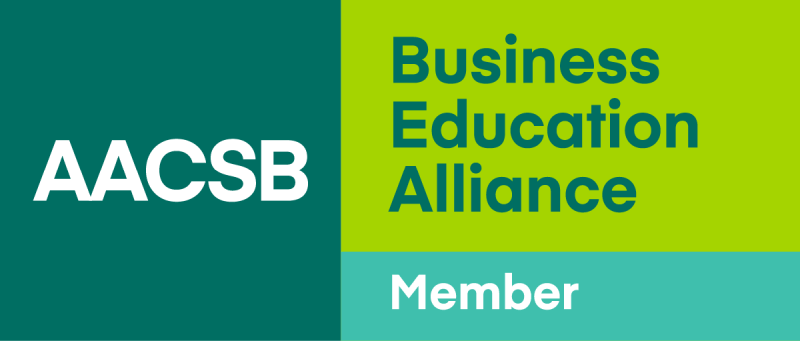Optimizing Care and Efficiency in the Elder Care Sector – The Case of St. Luke’s ElderCare
In the elder care industry, there are ways to apply Lean strategies. Considering St. Luke ElderCare as a case study, how might the center customize Lean approaches in their service delivery?
At a glance
Country
Singapore
Sector
Elder Care and Services
Centers
24
senior care and rehabilitation centers as of 2024
Case Focus
Lean strategies in elder care services
Abstract
The aging population poses significant challenges for healthcare systems worldwide, particularly in the area of elder care. As demand for quality senior care services increases, organizations must find innovative ways to optimize operations and deliver better care while managing limited resources.
This case study examines how St. Luke's ElderCare, a leading elder care provider in Singapore, has implemented Lean principles to enhance its senior day care services. By streamlining operations, eliminating waste, and focusing on core responsibilities, the organization has improved care delivery. The case also emphasizes the importance of stakeholder engagement, management support, and continuous improvement for successful Lean adoption. St. Luke's ElderCare’s experience offers valuable insights for other care centers aiming to improve efficiency and care quality in response to the growing needs of an aging population.
All rights reserved. © 2025 Nikkei Business Lab Asia. No part of this publication may be copied, stored, or transmitted in any form. Copying or posting is an infringement of copyright.
Disclaimers:
(1) Regarding Case Study Content: This case study is based mainly on secondary data and analysis of publicly available information unless otherwise stated, and is intended solely for educational purposes. Any opinions expressed by the author(s) are designed to facilitate learning discussion and do not serve to illustrate the effectiveness of the company. Additionally, banner images and logos used in the case study are intended for visualization in an educational setting and it is not used to represent or brand the company. For any dispute regarding the content and usage of images and logos, please contact the team.
(2) Regarding University Affiliation and Titles of Authors: The university affiliation and titles of author(s) seen in the case study is based on their affiliation and title during the time of publication. It may or may not represent the current status of said author(s).
